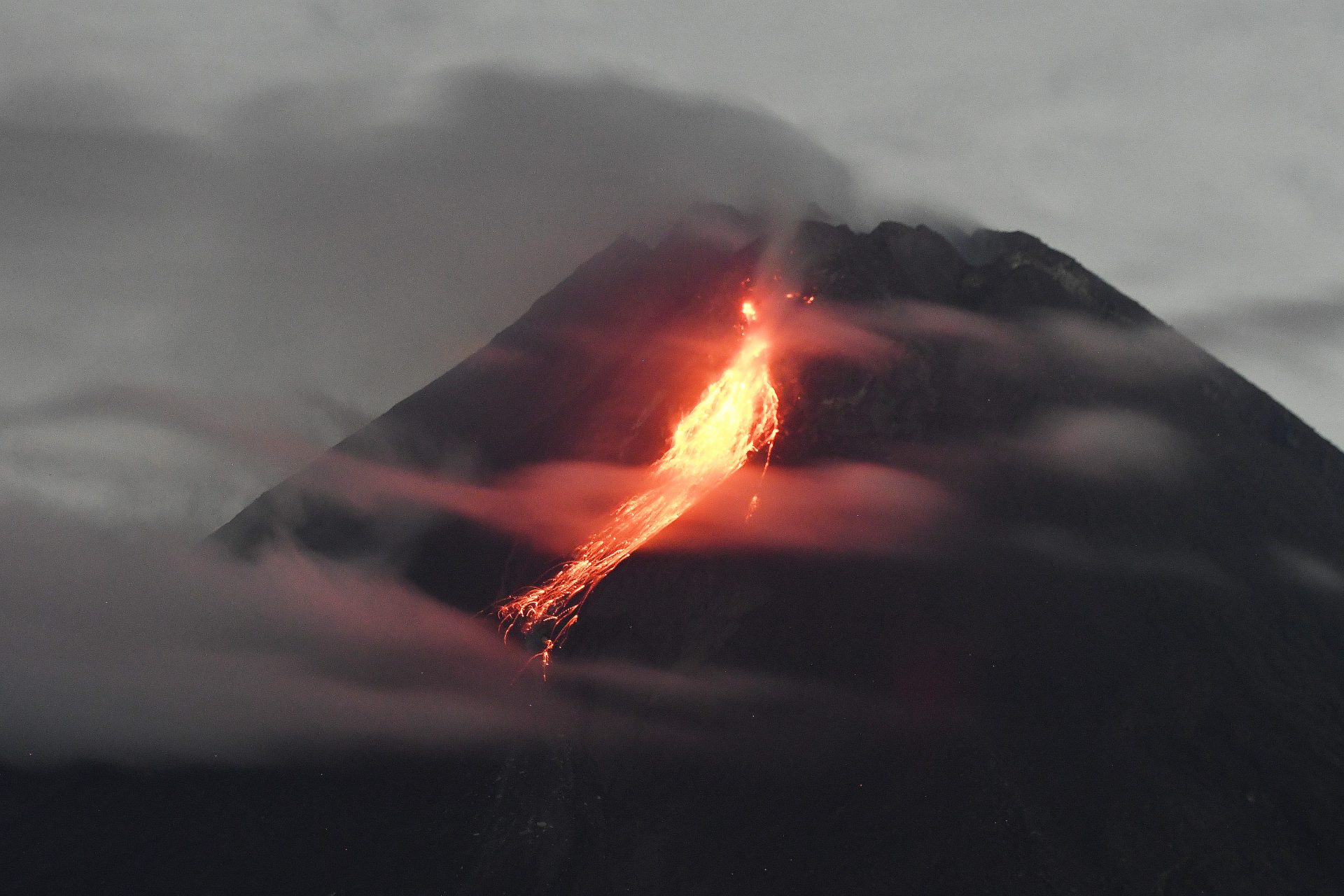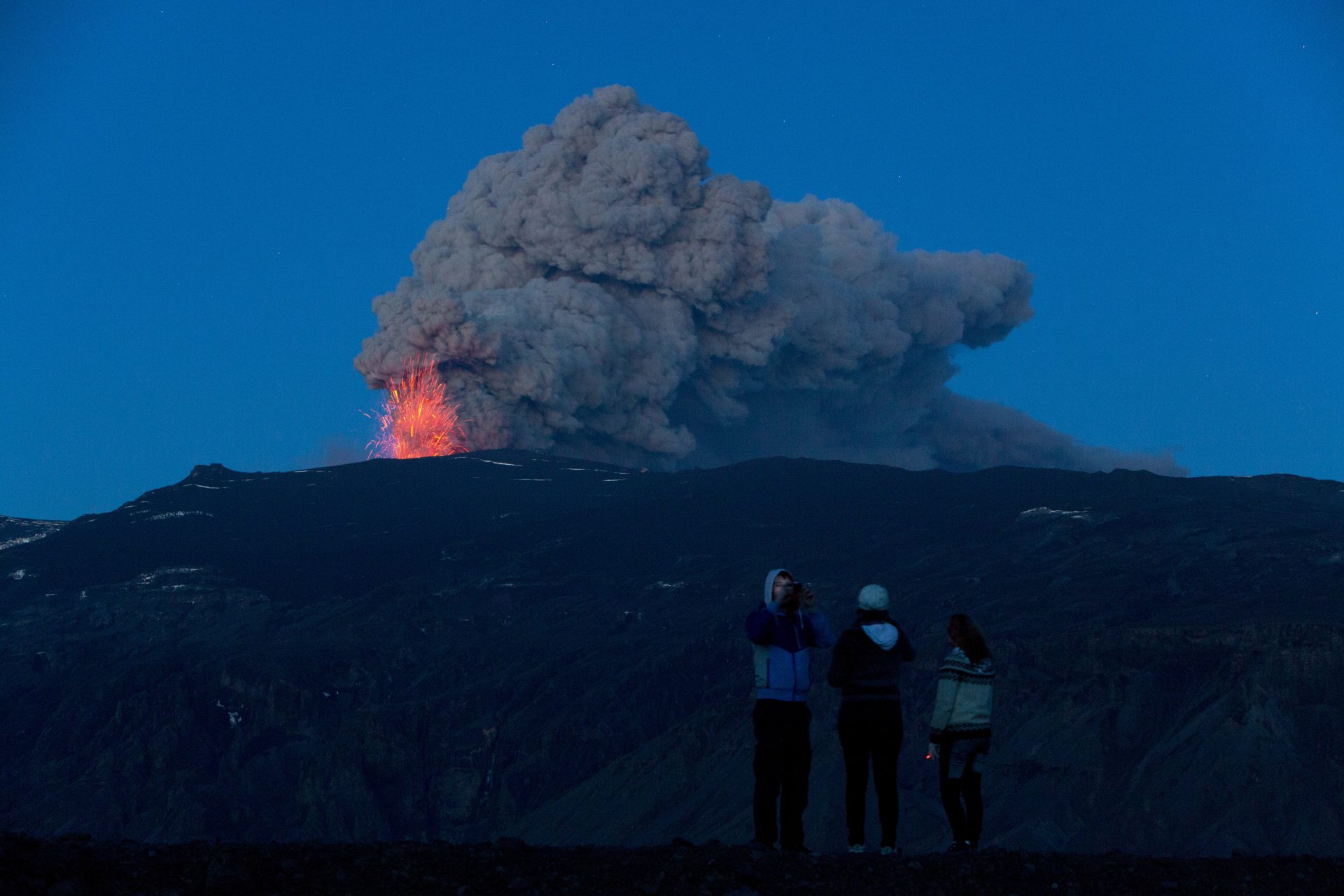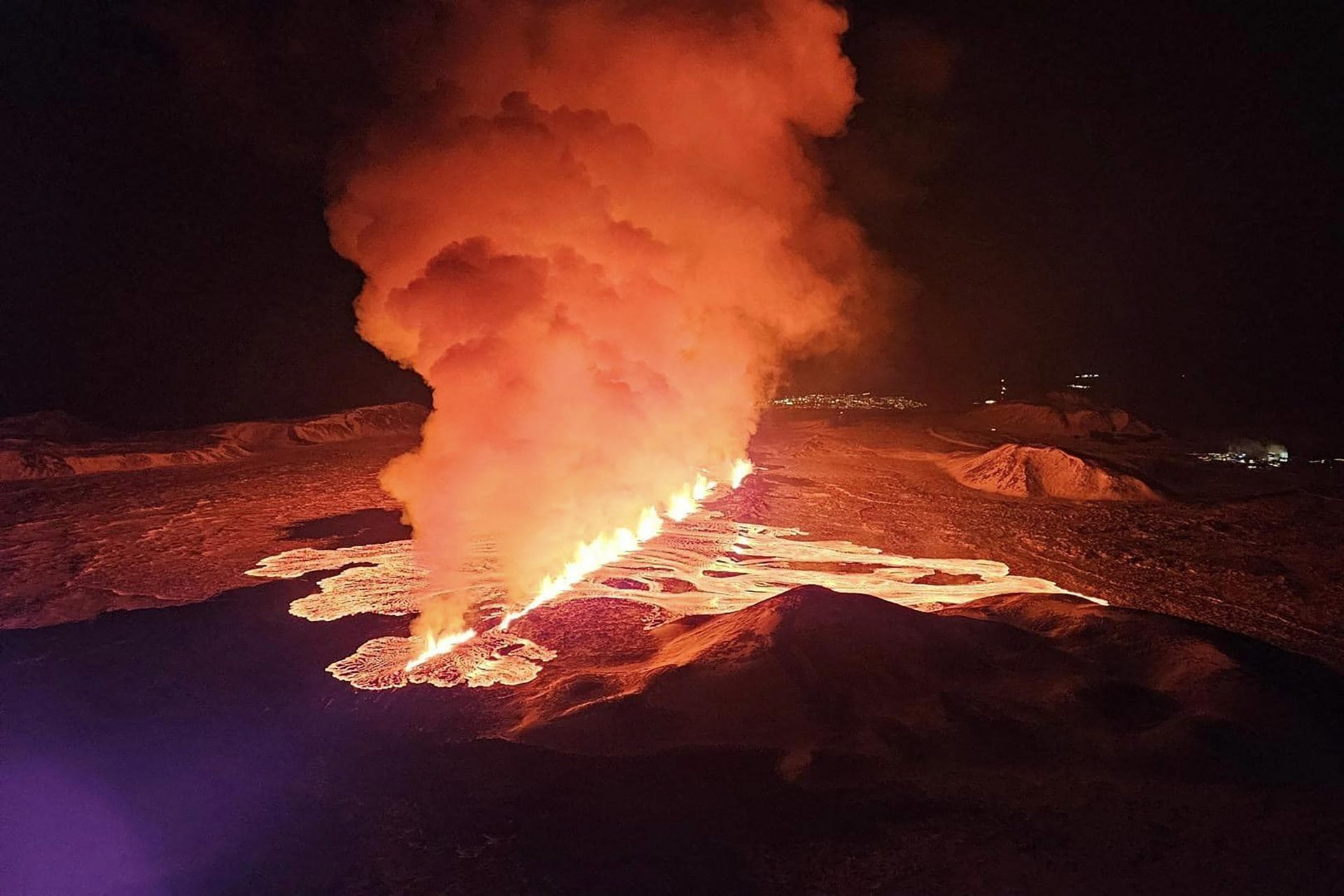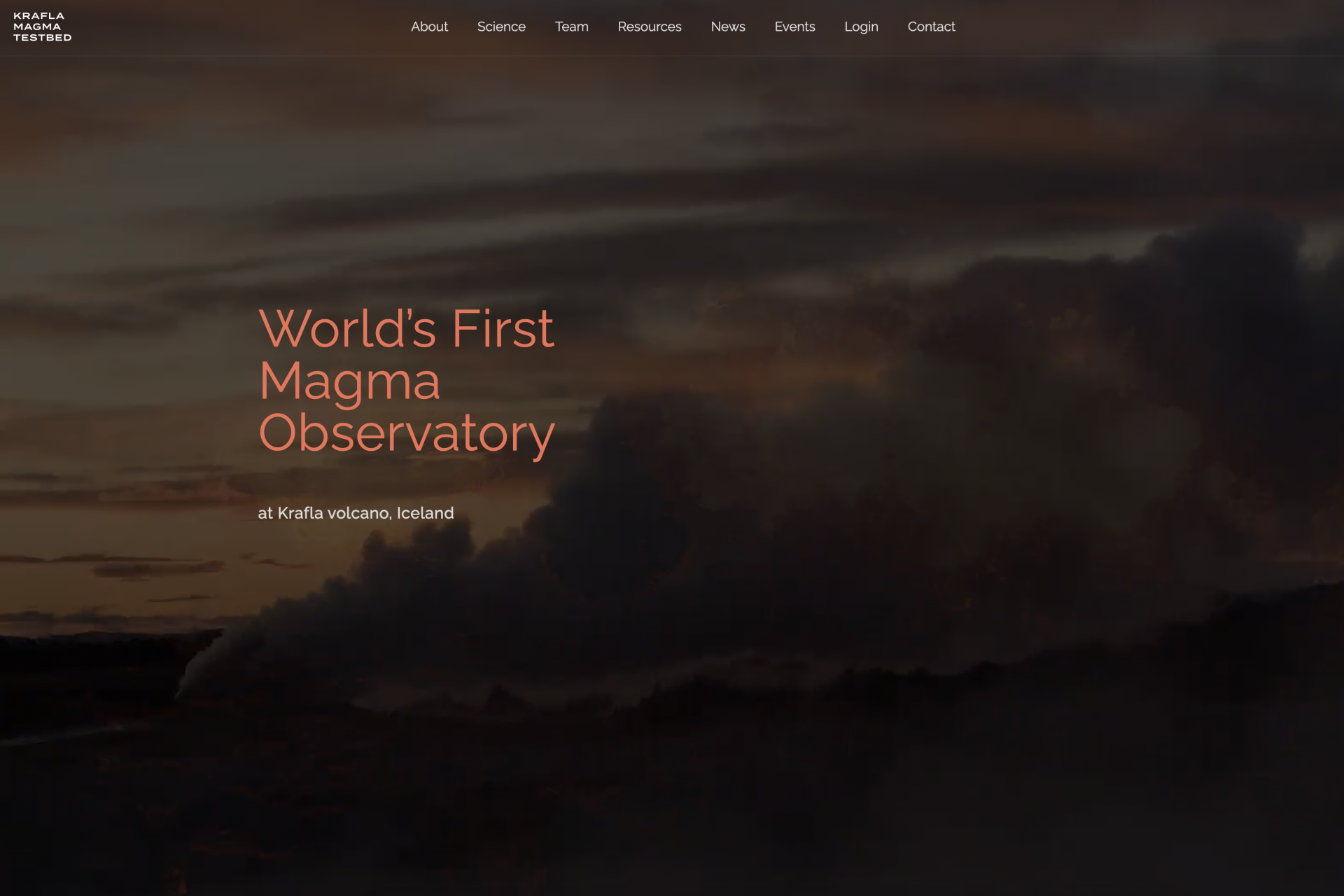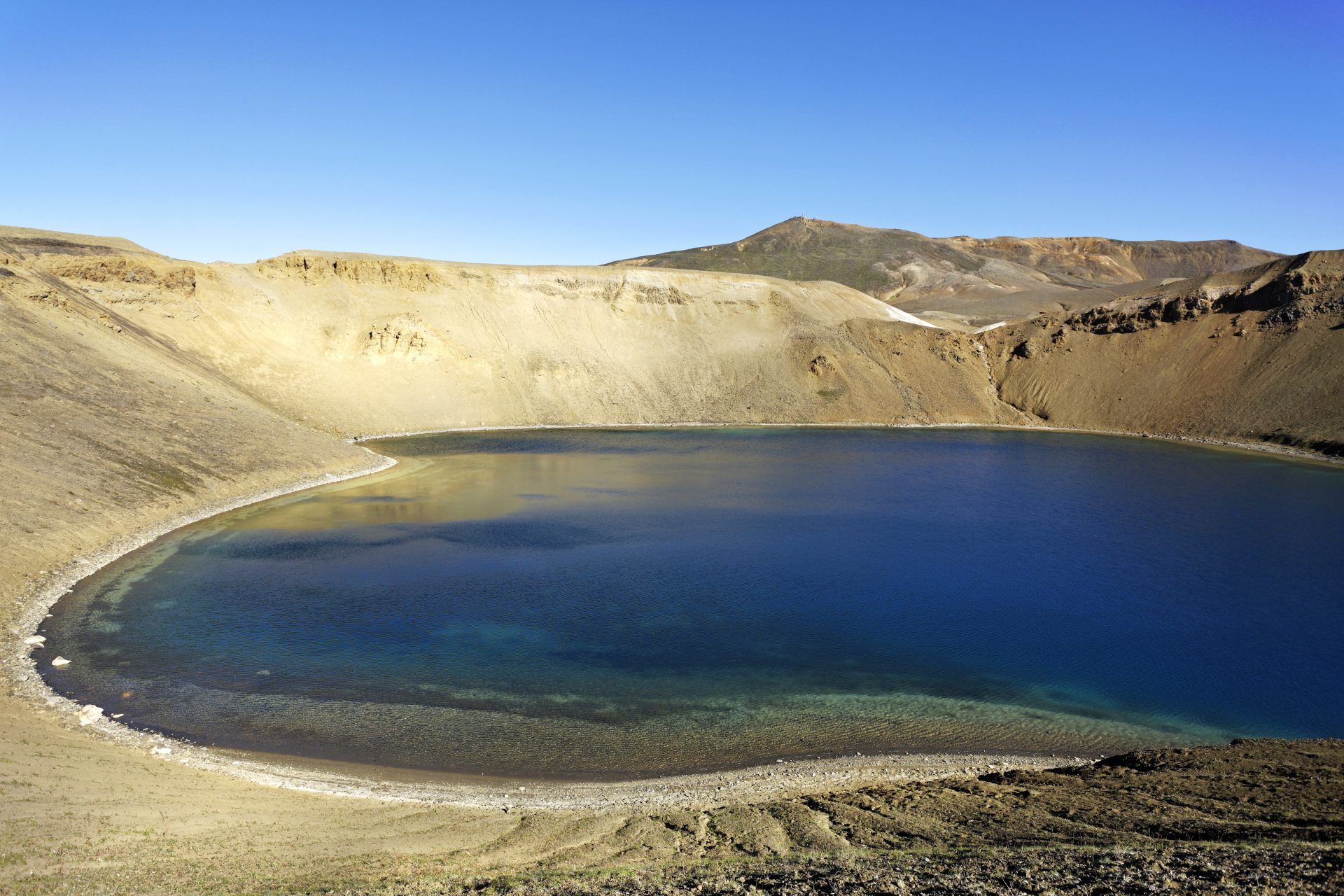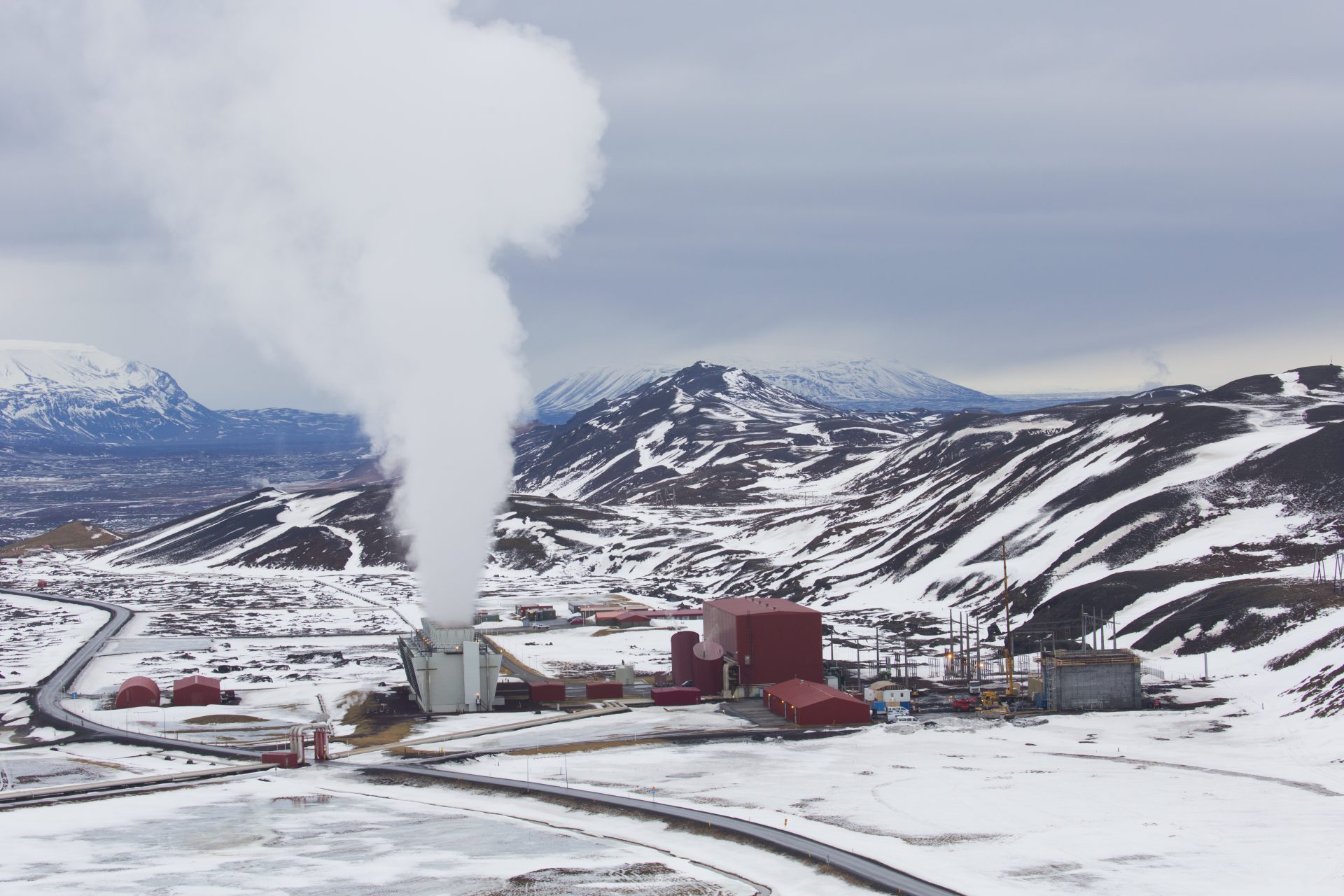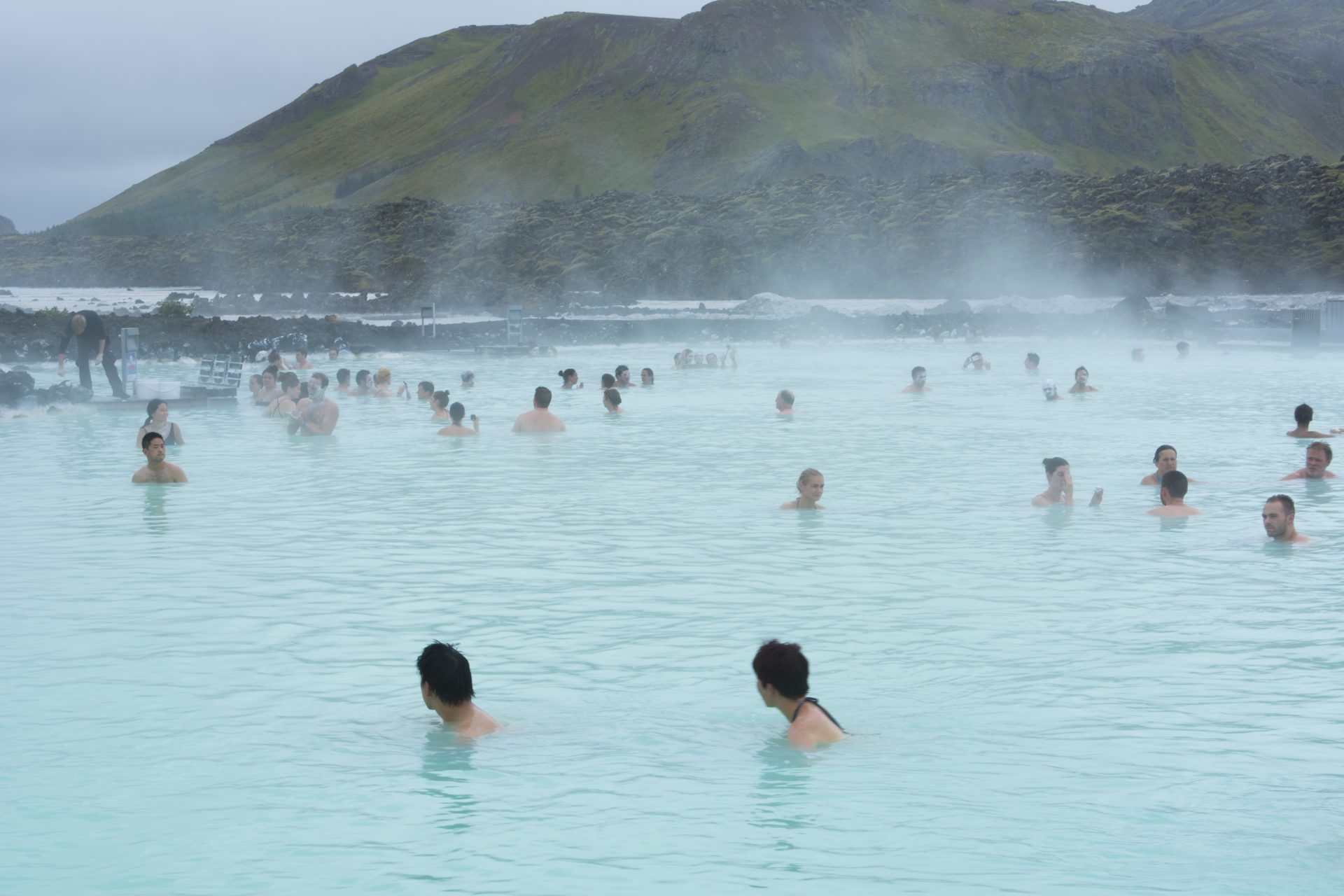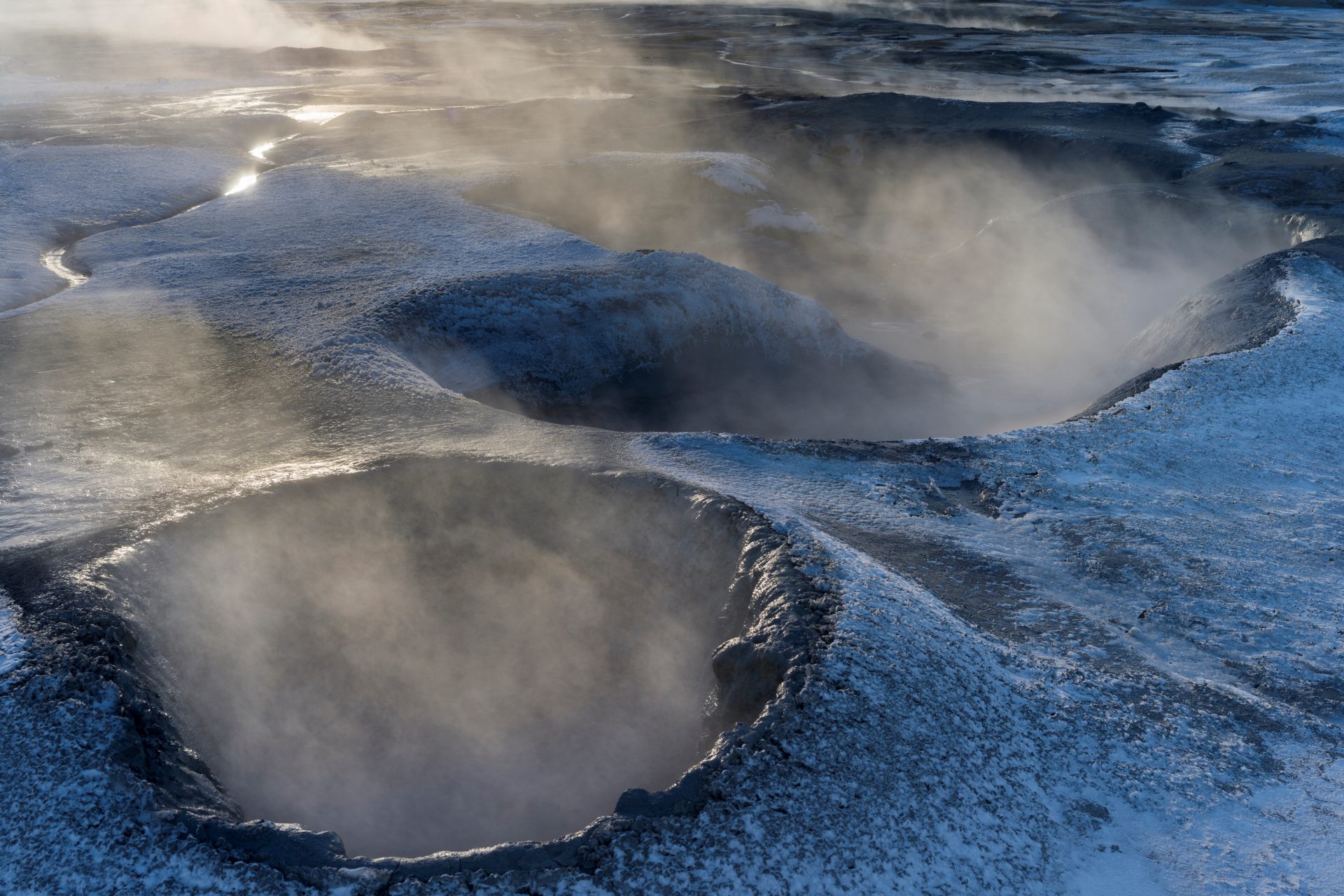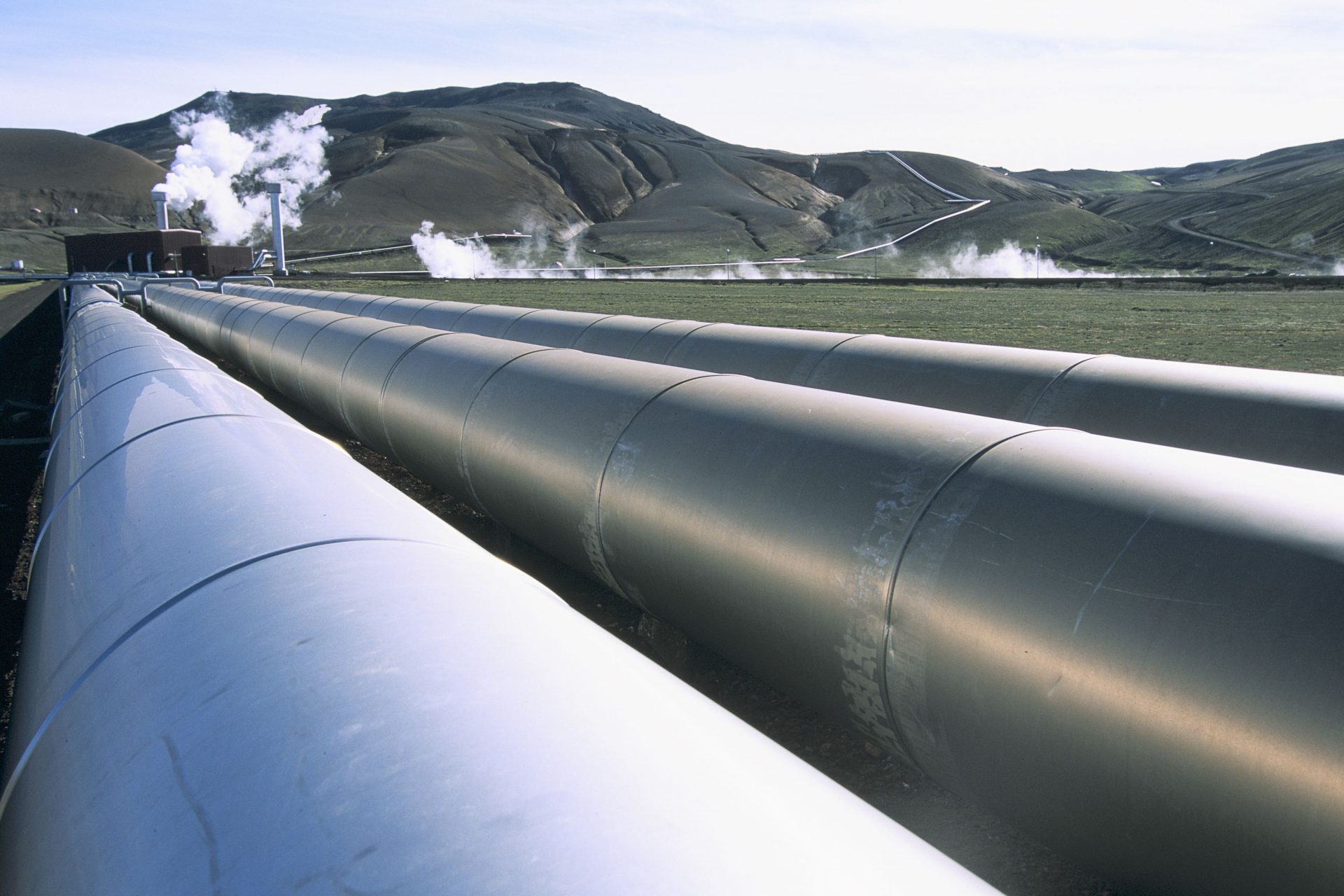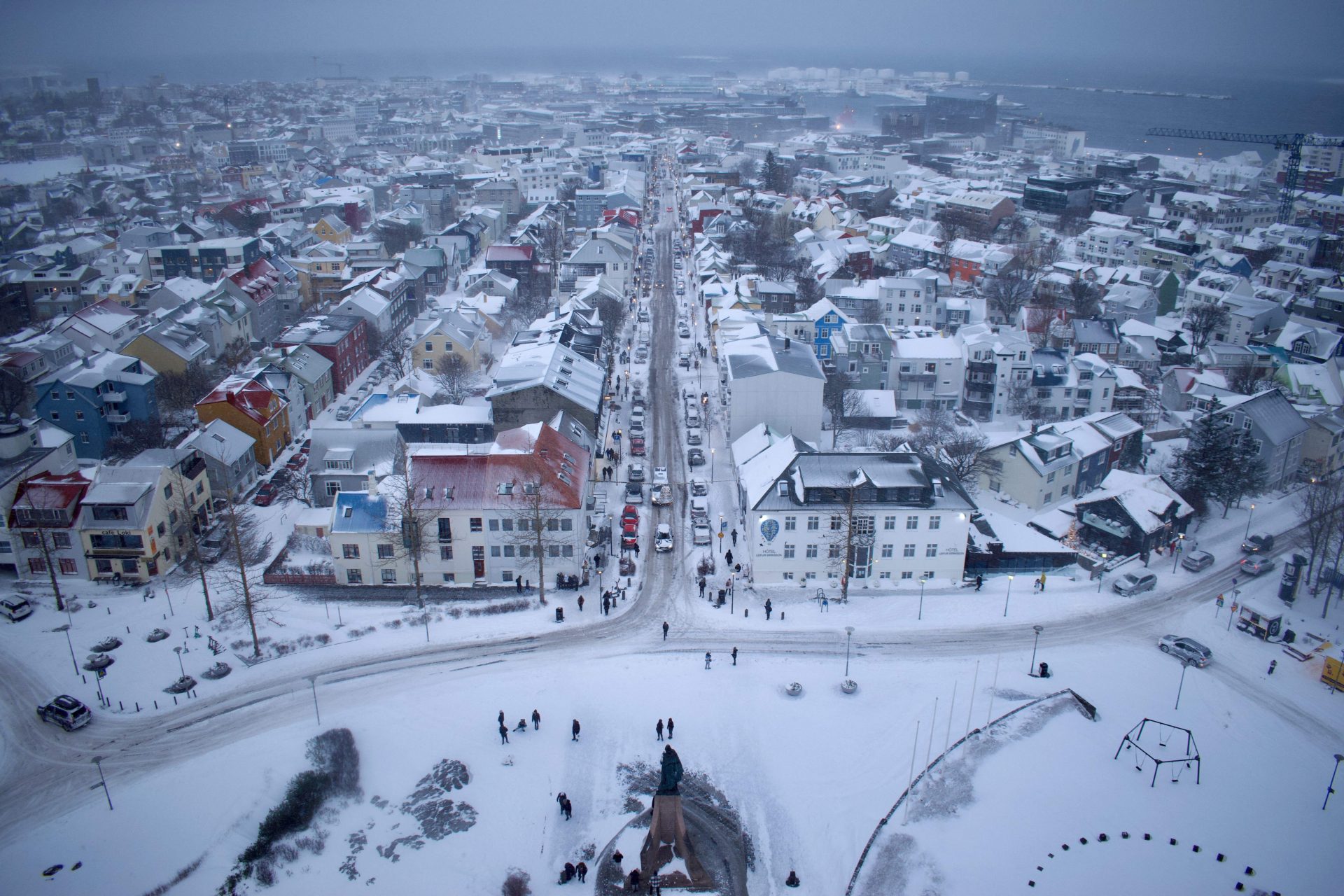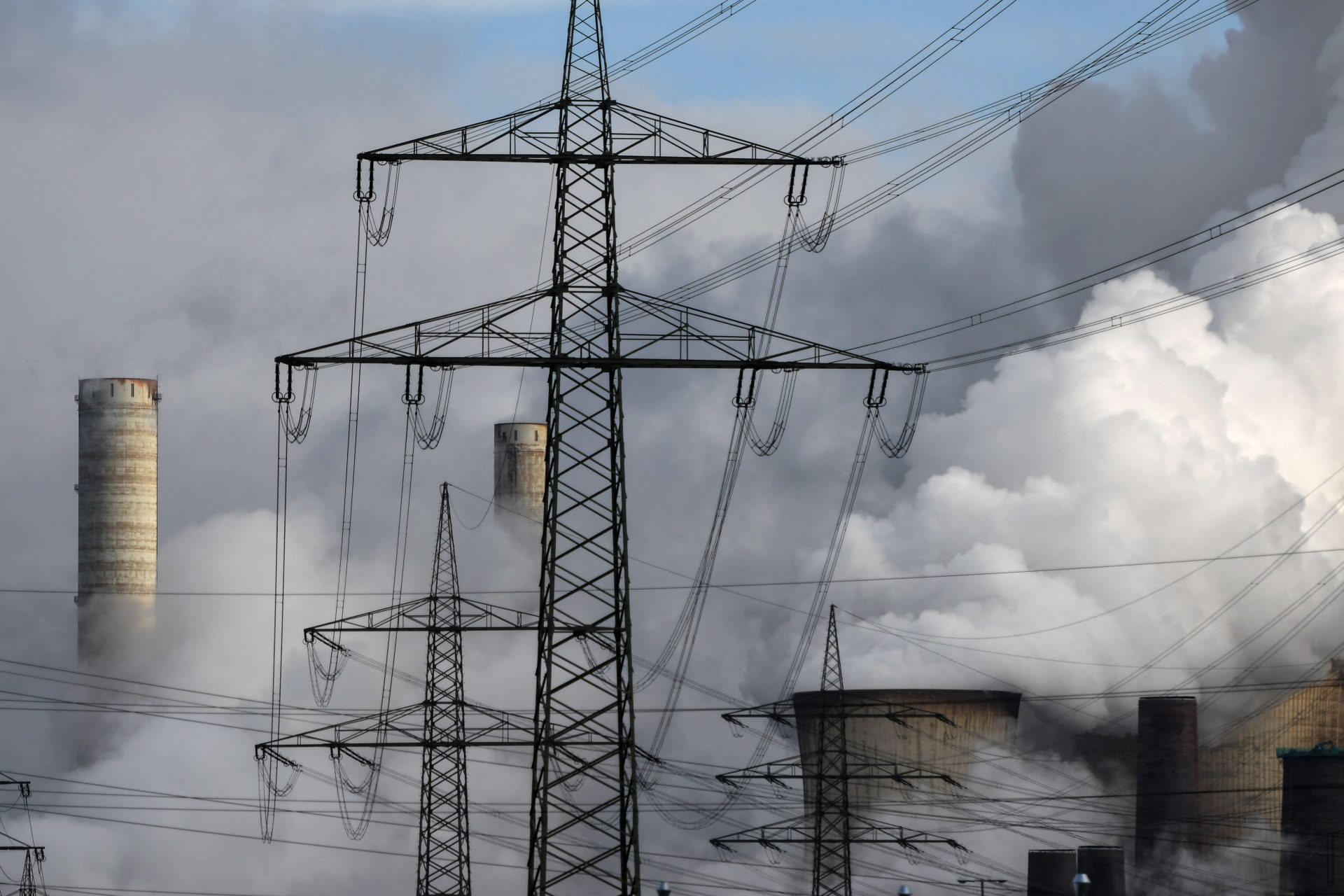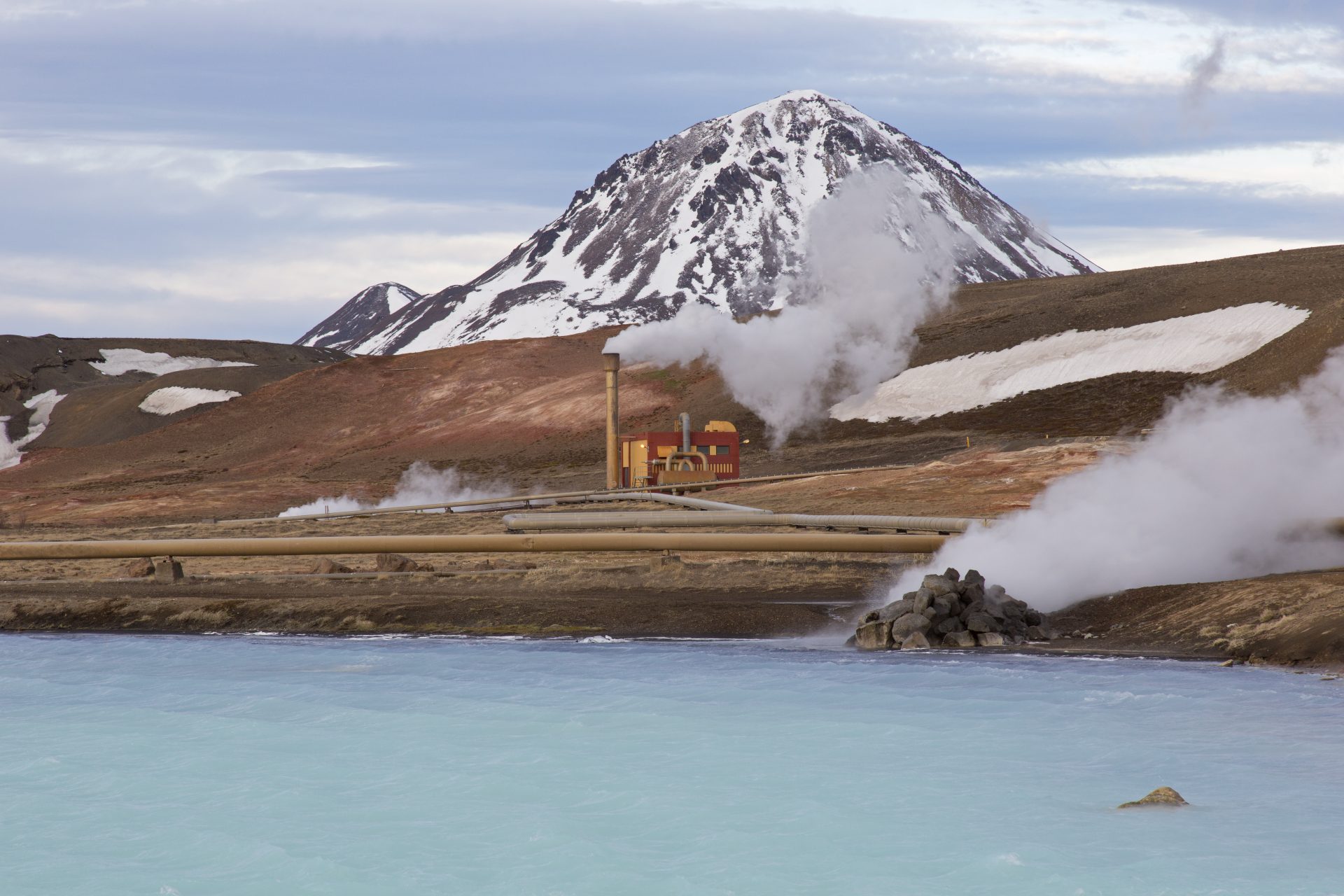Iceland's ambitious and dangerous plan: building a tunnel inside a volcano
When we talk about reaching the inside of a volcano, the first thing that comes to mind for many people is the villain of a movie or a plan to end the world as we know it.
Reaching the interior of a volcano and managing to do so safely would imply two fundamental advantages for human beings: it would help predict volcanic disasters and greatly enhance the use of geothermal energy.
The problem? According to Live Science, temperatures inside a volcano can reach 900ºC or 1,652.0°F, which seriously complicates working in these conditions. And despite this, in Iceland they already have a project underway to access the interior of a volcano.
We are talking about the Krafla Magma Testbed (KMT) project, which began in 2017 and has the goal date of 2026 for the first drilling that will be done at the Krafla volcano, located in the north of Iceland.
Photo: Screenshot kmt.is
The objective sought by the KMT project is simple yet very complex, as explained on the official KMT website. Scientists hope to create a safe tunnel that allows access to the chamber in which the volcano's magma is stored. Thus, experts will be able to take samples, study it and carry out research of all kinds.
After a first incursion, KMT plans a second drilling in 2028 with the hope that in 2030 the measurement and analysis facilities of the volcano's underground environment will be in operation.
As highlighted in Science Times, tn the medium and long term, the objective of this project is to take advantage of geothermal energy to produce electricity, in addition to taking advantage of the direct heat of the area.
The geothermal deposit of the Krafla volcano is high enthalpy, that is, it reaches sufficient temperature (150ºC/302ºF)) to generate water vapor that activates a thermodynamic cycle similar to that of a thermal or nuclear power plant, generating electricity.
The higher the temperature, the more electricity and, as we have mentioned, in the Krafla magmatic chamber, the temperatures reach 900ºC/1,652.0°F. Obviously, everything is subject to the development of materials and technology capable of withstanding these extreme temperatures.
To give an example of the potential of this project, just go to Reykjavík, the capital of Iceland, whose heating system heats the water with geothermal energy and, after heating the city's houses, is derived to melt the snow on the streets, as reported by Science Times.
If this geothermal energy, which began to be exploited recently and in the smallest range of its possibilities, begins to be extracted from its very core, the possibilities it poses are infinite. Hence the relevance of the project and the caution with which it is taken.
In fact, Iceland has earned, with projects like KMT, the definition of 'The Land of Fire and Ice', a description that George RR Martin must be especially excited about.
More for you
Top Stories



